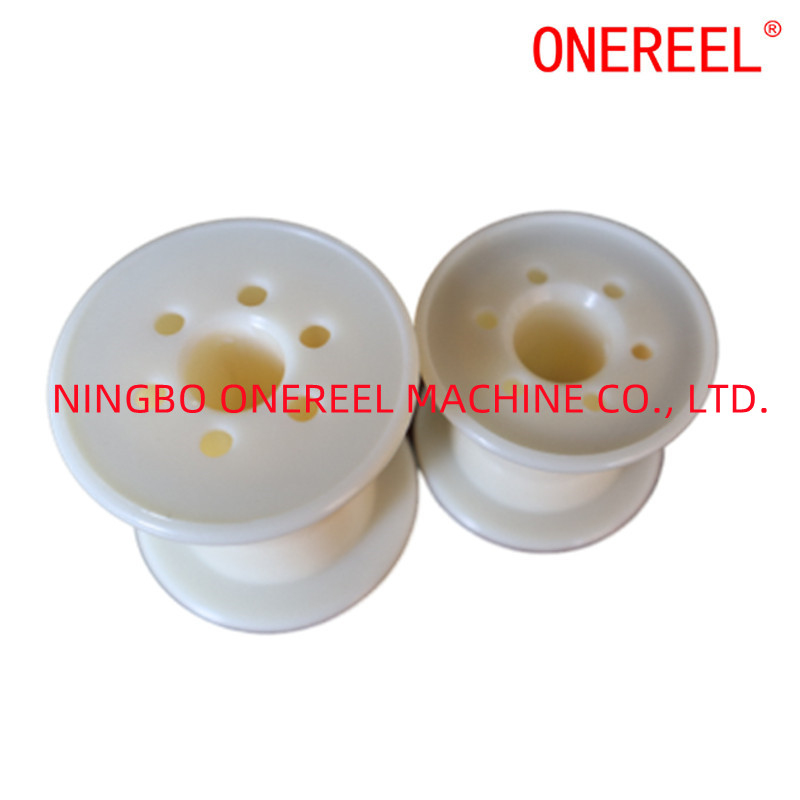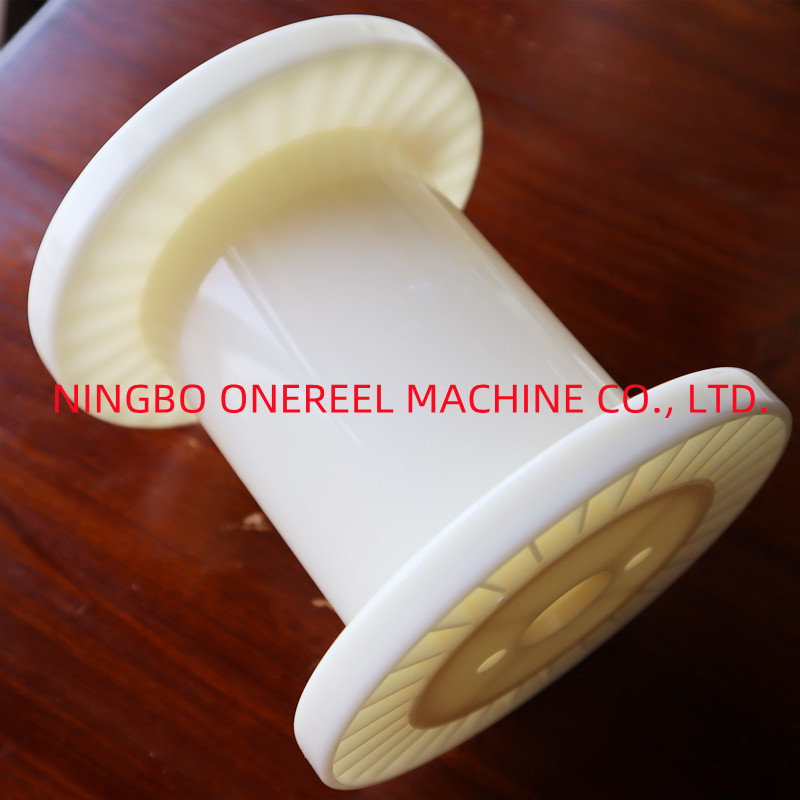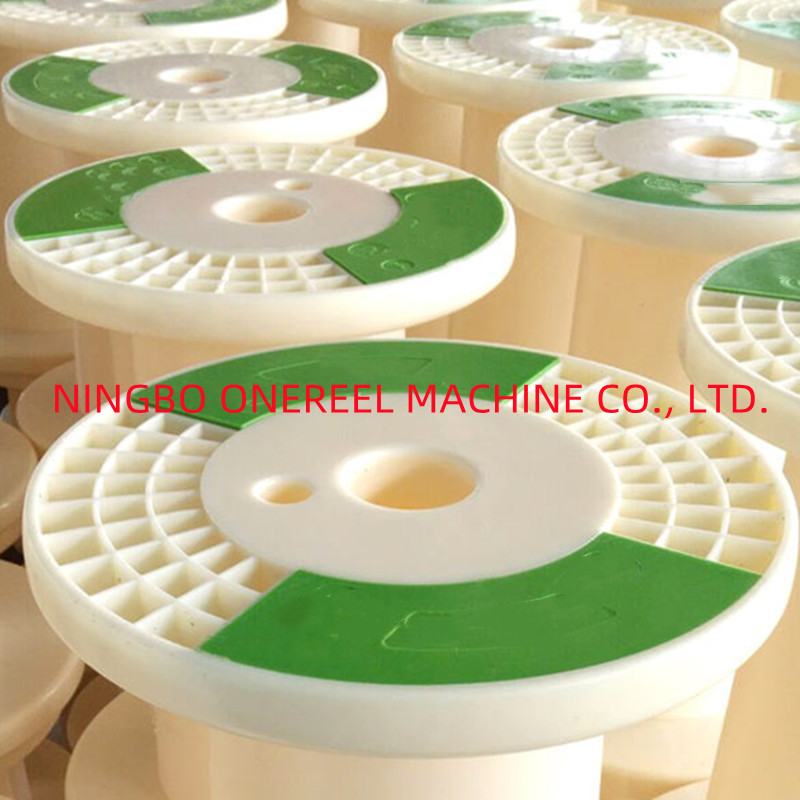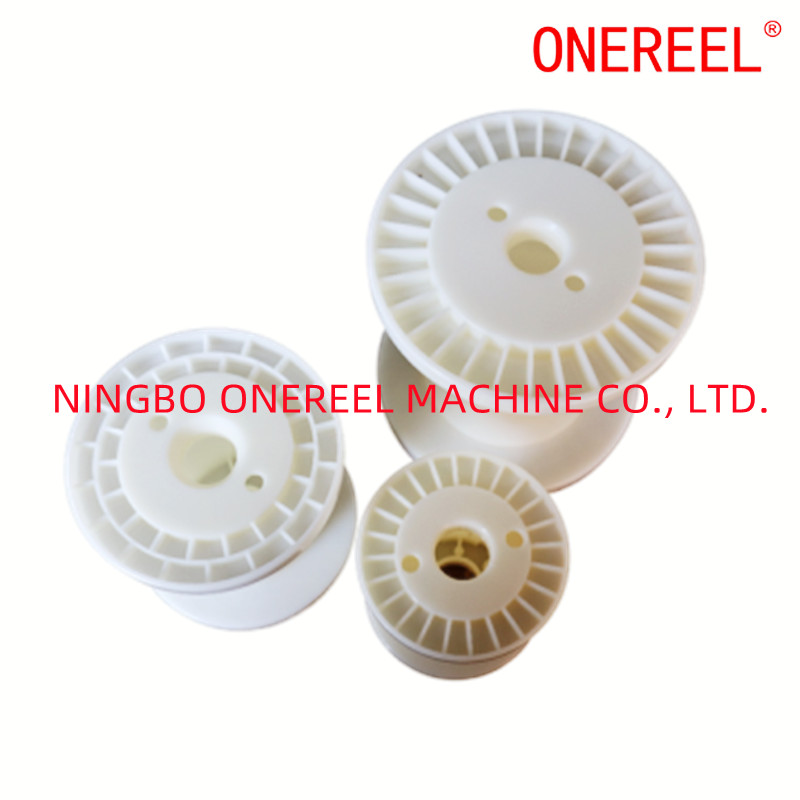
 English
English  Español
Español Português
Português русский
русский Français
Français 日本語
日本語 Deutsch
Deutsch tiếng Việt
tiếng Việt Italiano
Italiano Nederlands
Nederlands ภาษาไทย
ภาษาไทย Polski
Polski 한국어
한국어 Svenska
Svenska magyar
magyar Malay
Malay বাংলা ভাষার
বাংলা ভাষার Dansk
Dansk Suomi
Suomi हिन्दी
हिन्दी Pilipino
Pilipino Türkçe
Türkçe Gaeilge
Gaeilge العربية
العربية Indonesia
Indonesia Norsk
Norsk تمل
تمل český
český ελληνικά
ελληνικά український
український Javanese
Javanese فارسی
فارسی தமிழ்
தமிழ் తెలుగు
తెలుగు नेपाली
नेपाली Burmese
Burmese български
български ລາວ
ລາວ Latine
Latine Қазақша
Қазақша Euskal
Euskal Azərbaycan
Azərbaycan Slovenský jazyk
Slovenský jazyk Македонски
Македонски Lietuvos
Lietuvos Eesti Keel
Eesti Keel Română
Română Slovenski
Slovenski मराठी
मराठी Srpski језик
Srpski језик
Classification of Plastic Spool
2023-06-26
These spools are designed to provide convenience, durability, and efficiency in handling and organizing various products, such as wires, cables, threads, tapes, and films. Plastic spools come in a wide range of sizes, shapes, and configurations, each with its specific classification based on different factors. Let's explore the classification of plastic spools in more detail.

1. Size and Capacity: Plastic spools are available in different sizes and capacities to accommodate varying lengths and weights of materials. They can range from small spools used for lightweight applications to large spools for heavy-duty applications. The size and capacity of a plastic spool depend on factors such as the intended material, industry requirements, and specific application needs.
2. Flange Design: Plastic spools can be classified based on their flange design. The flanges are the disc-shaped components located at the ends of the spool that provide stability and support during winding and unwinding processes. Spools can have single flanges, double flanges, or even multiple flanges, depending on the requirements of the material being wound.

3. Core Type: Plastic spools can have different core types, which refer to the central hole or shaft around which the material is wound. The core provides stability and allows for easy rotation of the spool. Common core types include solid cores, hollow cores, and collapsible cores. The choice of core type depends on the specific material being wound and the desired functionality.
4. Material Composition: Plastic spools can be classified based on the type of material used in their construction. Common materials include high-density polyethylene (HDPE), polypropylene (PP), polycarbonate (PC), and acrylonitrile butadiene styrene (ABS). Each material has its unique properties, such as strength, durability, chemical resistance, and temperature resistance, making it suitable for specific applications and environments.

5. Shape and Configuration: Plastic spools come in various shapes and configurations to cater to different requirements. They can be cylindrical, cone-shaped, or customized to fit specific needs. Some spools have flanges that are parallel, while others have flanges that are tapered. The shape and configuration of the spool influence factors such as storage space, ease of handling, and material protection.
6. Additional Features: Plastic spools may also have additional features and accessories that enhance their functionality. These include locking mechanisms, handles for easy carrying, dividers to separate multiple materials, and labeling options for identification and organization. These features improve the convenience and efficiency of using plastic spools in various applications.


1. Size and Capacity: Plastic spools are available in different sizes and capacities to accommodate varying lengths and weights of materials. They can range from small spools used for lightweight applications to large spools for heavy-duty applications. The size and capacity of a plastic spool depend on factors such as the intended material, industry requirements, and specific application needs.
2. Flange Design: Plastic spools can be classified based on their flange design. The flanges are the disc-shaped components located at the ends of the spool that provide stability and support during winding and unwinding processes. Spools can have single flanges, double flanges, or even multiple flanges, depending on the requirements of the material being wound.

3. Core Type: Plastic spools can have different core types, which refer to the central hole or shaft around which the material is wound. The core provides stability and allows for easy rotation of the spool. Common core types include solid cores, hollow cores, and collapsible cores. The choice of core type depends on the specific material being wound and the desired functionality.
4. Material Composition: Plastic spools can be classified based on the type of material used in their construction. Common materials include high-density polyethylene (HDPE), polypropylene (PP), polycarbonate (PC), and acrylonitrile butadiene styrene (ABS). Each material has its unique properties, such as strength, durability, chemical resistance, and temperature resistance, making it suitable for specific applications and environments.

5. Shape and Configuration: Plastic spools come in various shapes and configurations to cater to different requirements. They can be cylindrical, cone-shaped, or customized to fit specific needs. Some spools have flanges that are parallel, while others have flanges that are tapered. The shape and configuration of the spool influence factors such as storage space, ease of handling, and material protection.
6. Additional Features: Plastic spools may also have additional features and accessories that enhance their functionality. These include locking mechanisms, handles for easy carrying, dividers to separate multiple materials, and labeling options for identification and organization. These features improve the convenience and efficiency of using plastic spools in various applications.

In conclusion, the classification of plastic spools is based on factors such as size and capacity, flange design, core type, material composition, shape and configuration, and additional features. Understanding the different classifications can help users select the most suitable spool for their specific needs and ensure efficient and organized handling of materials. Whether in the electrical, textile, packaging, or other industries, plastic spools offer a versatile and reliable solution for managing and transporting various materials.
We use cookies to offer you a better browsing experience, analyze site traffic and personalize content. By using this site, you agree to our use of cookies.
Privacy Policy






